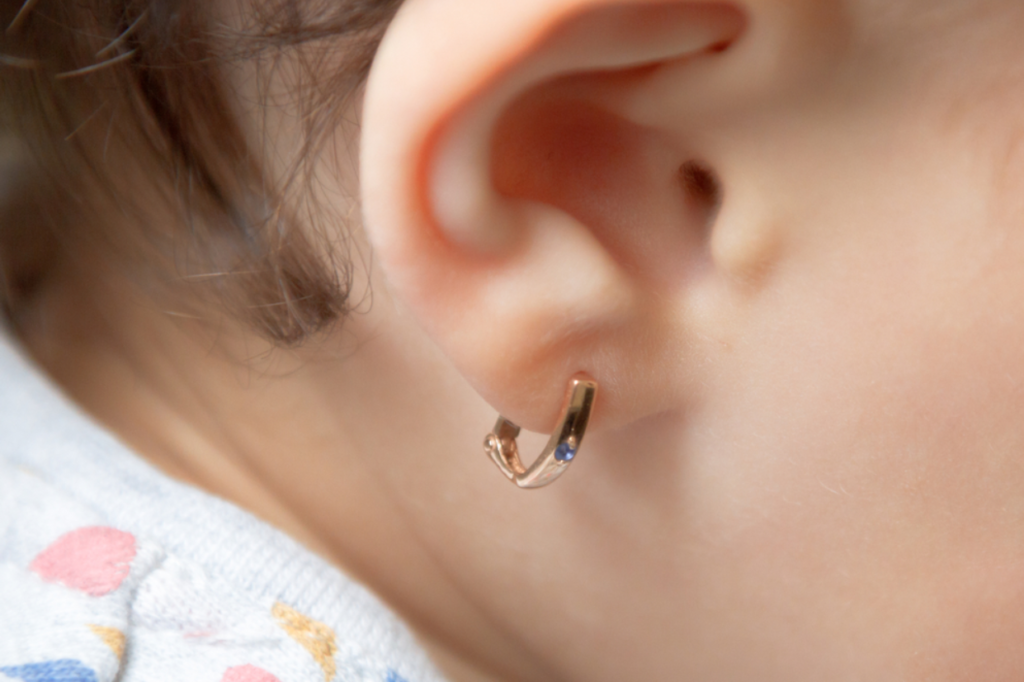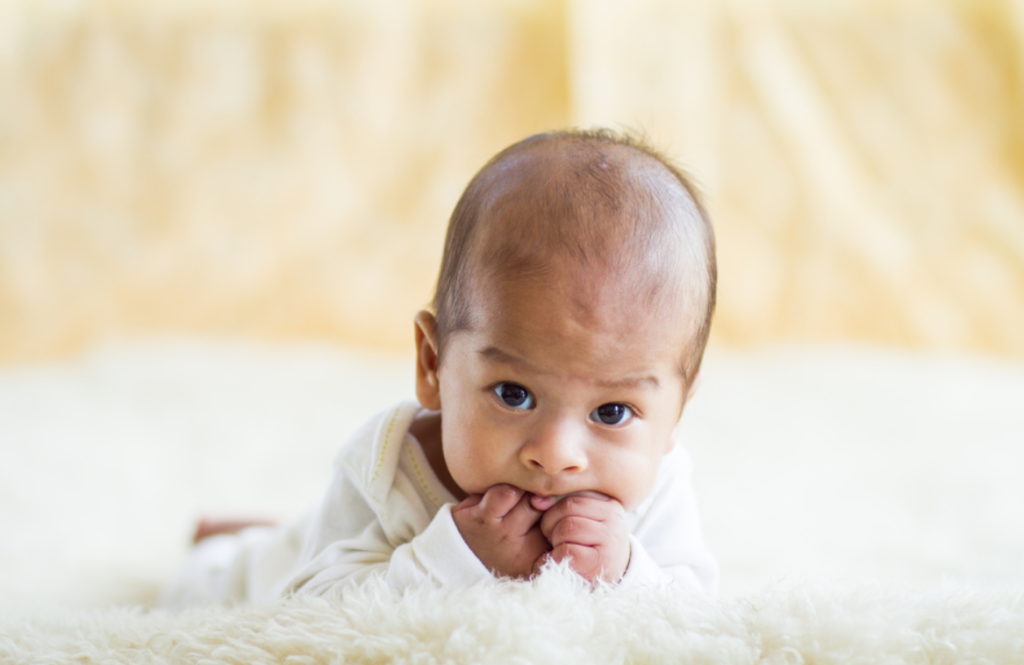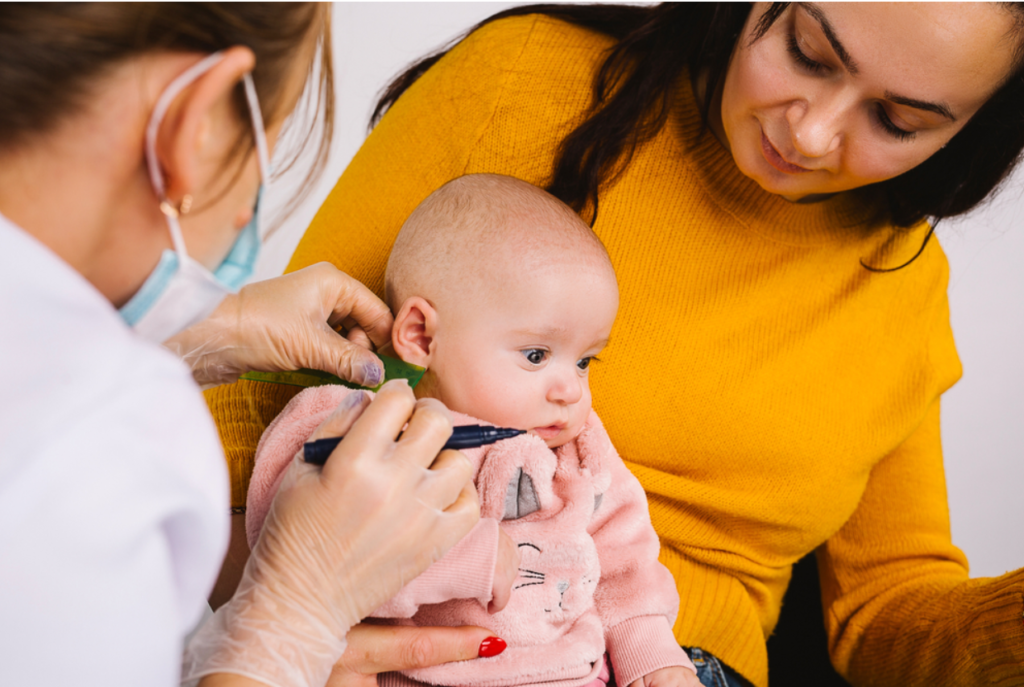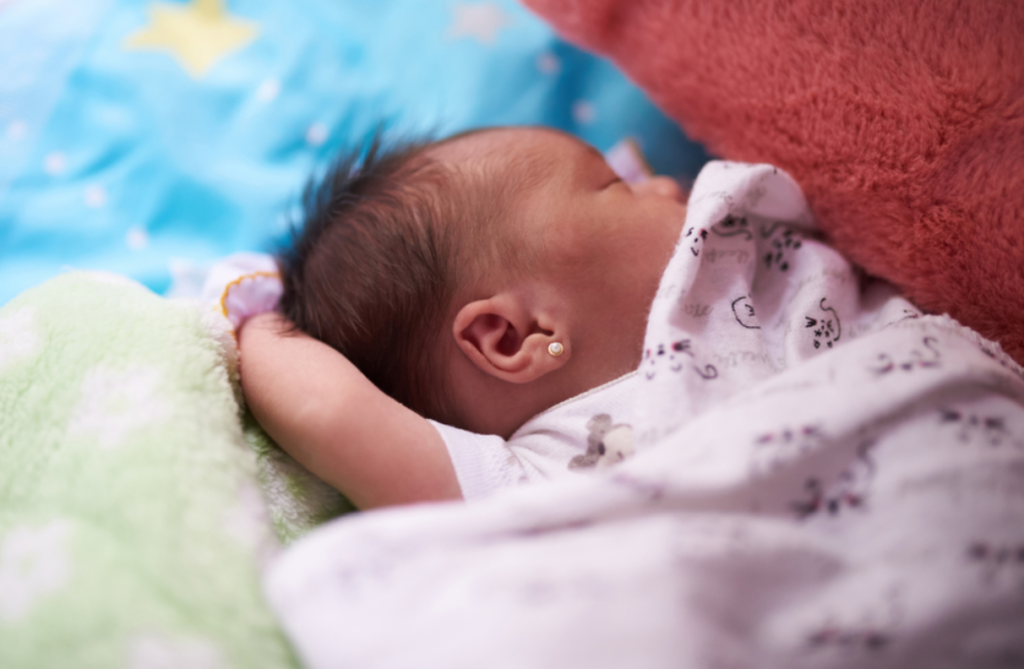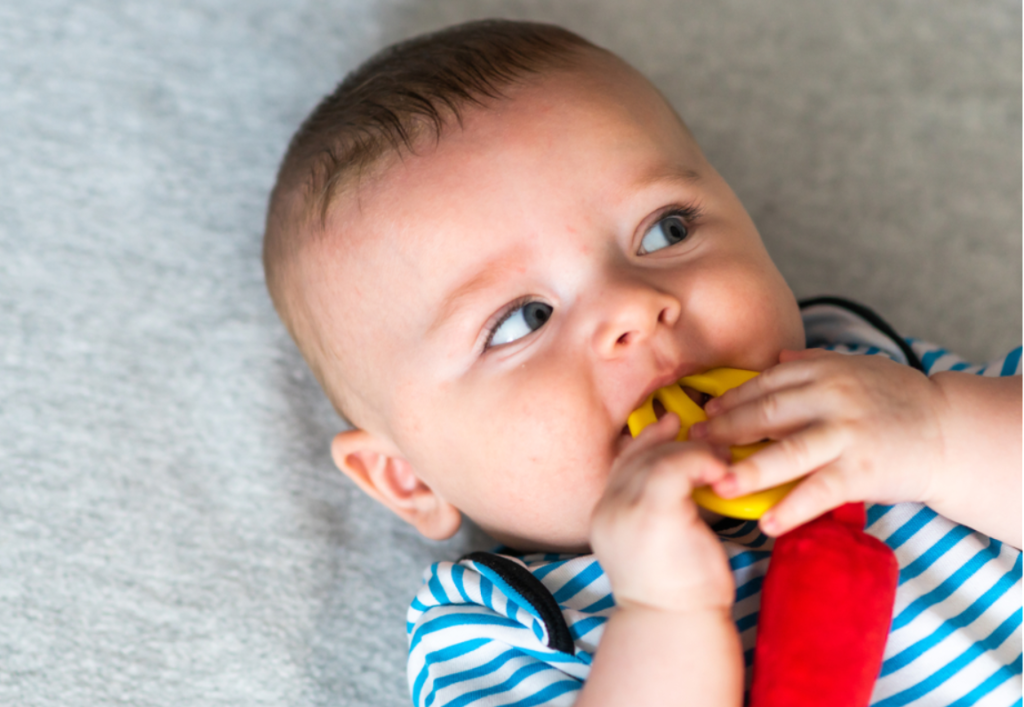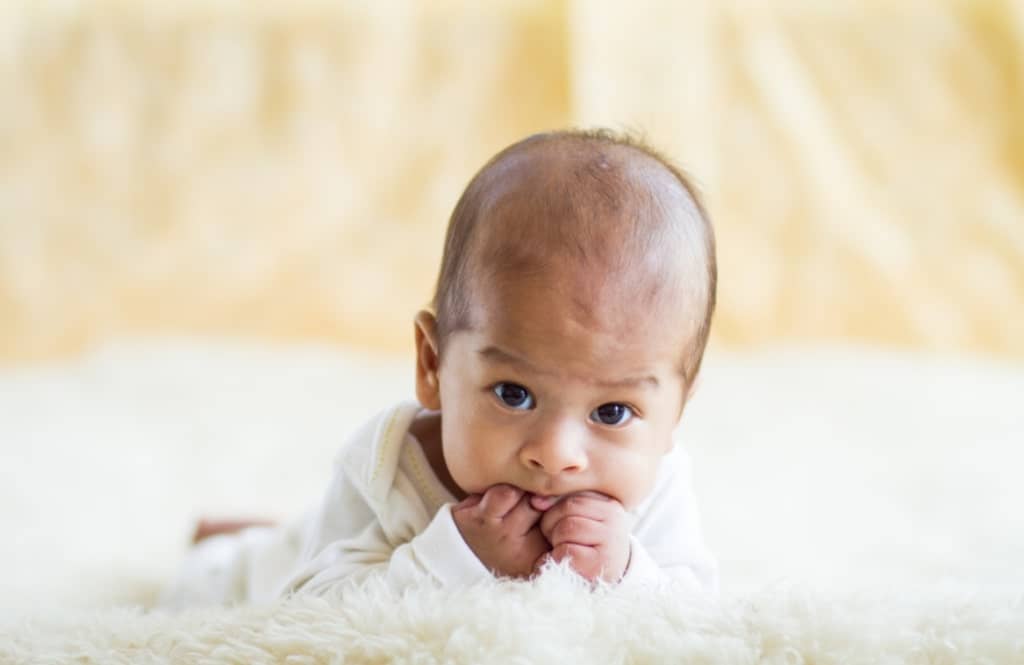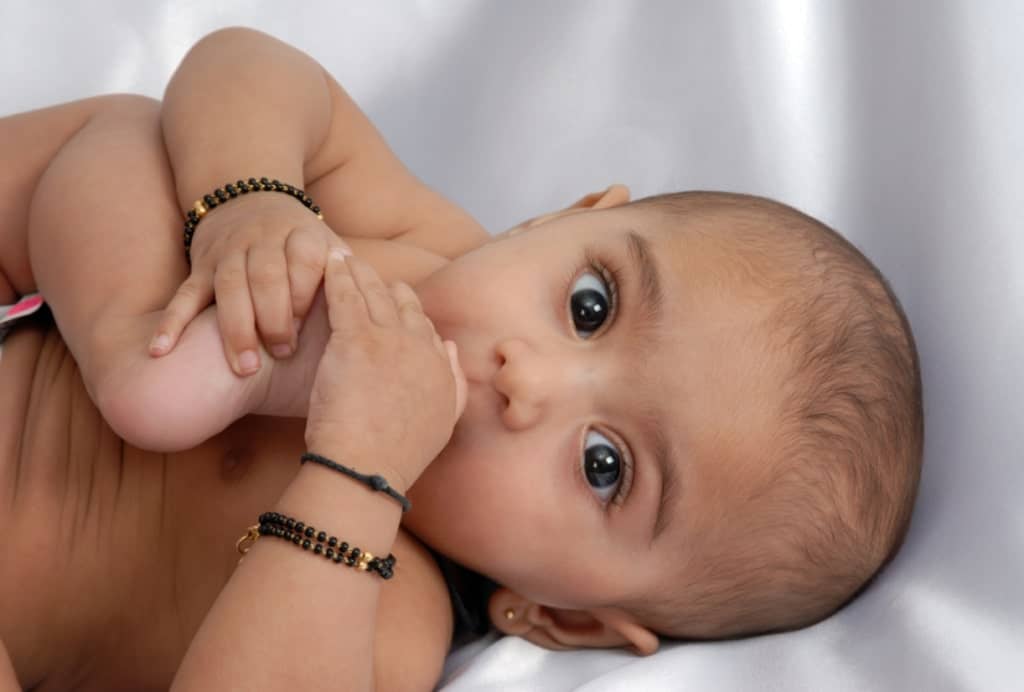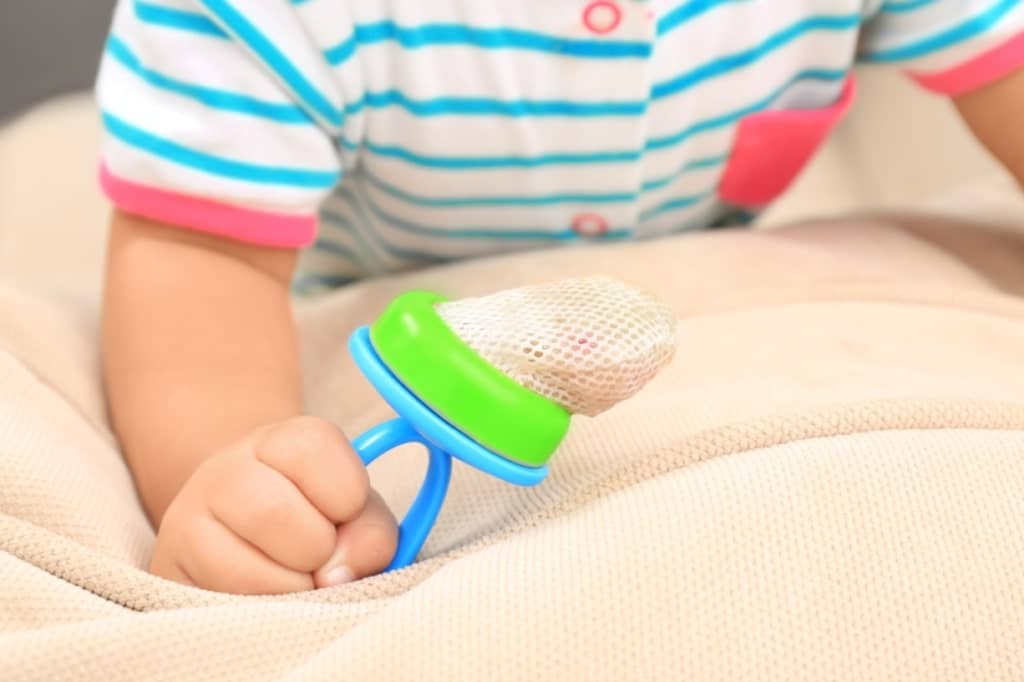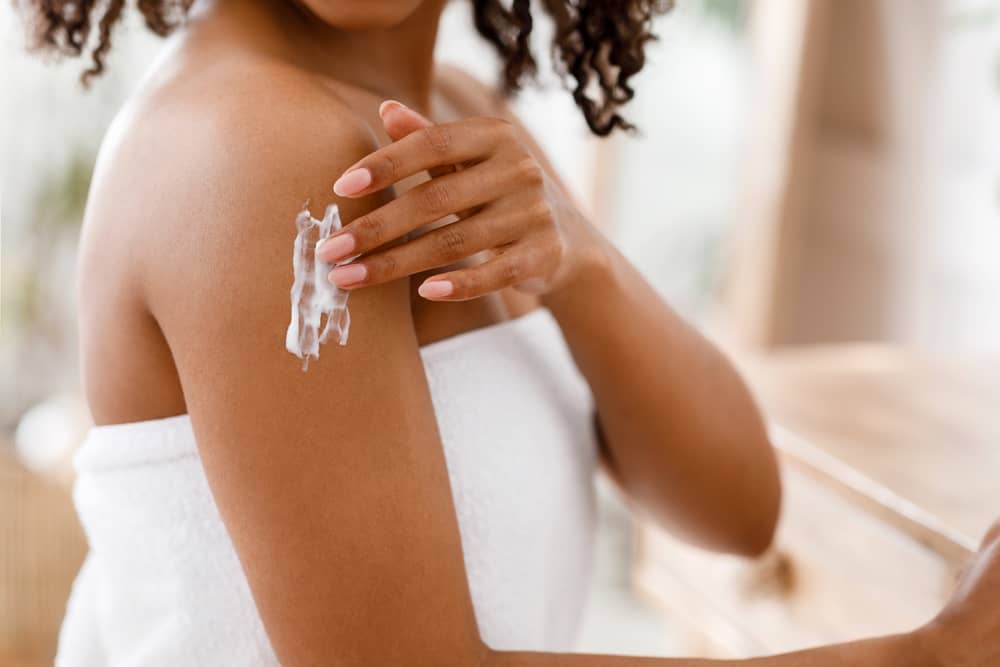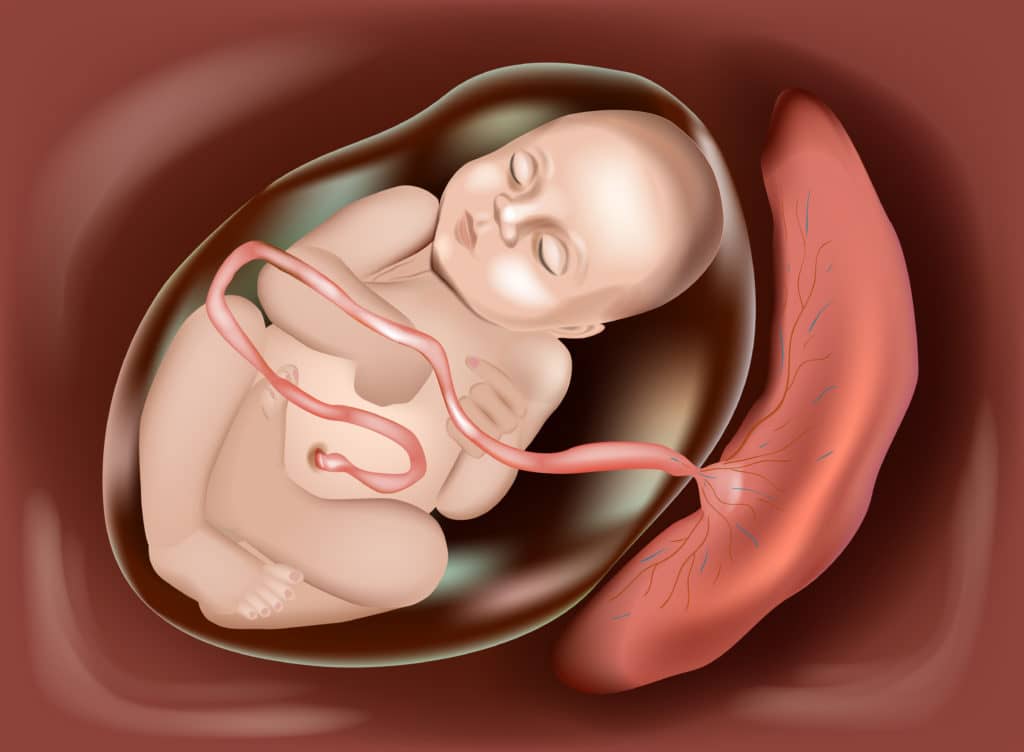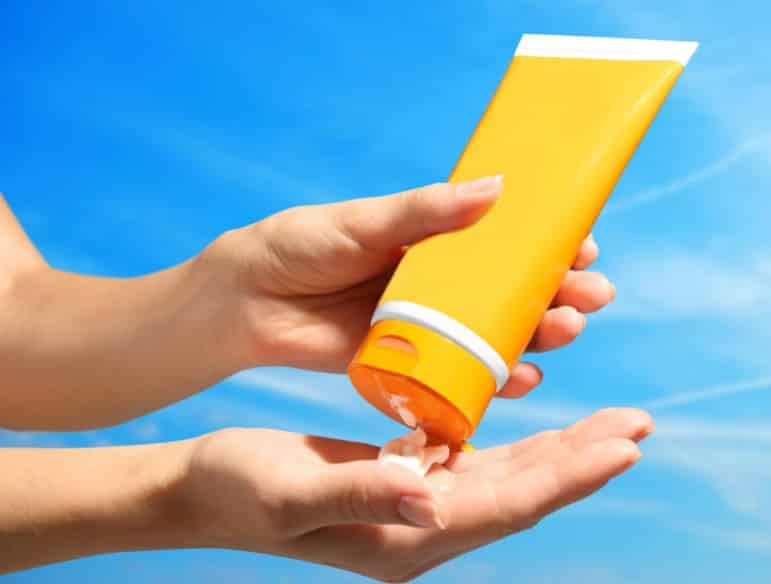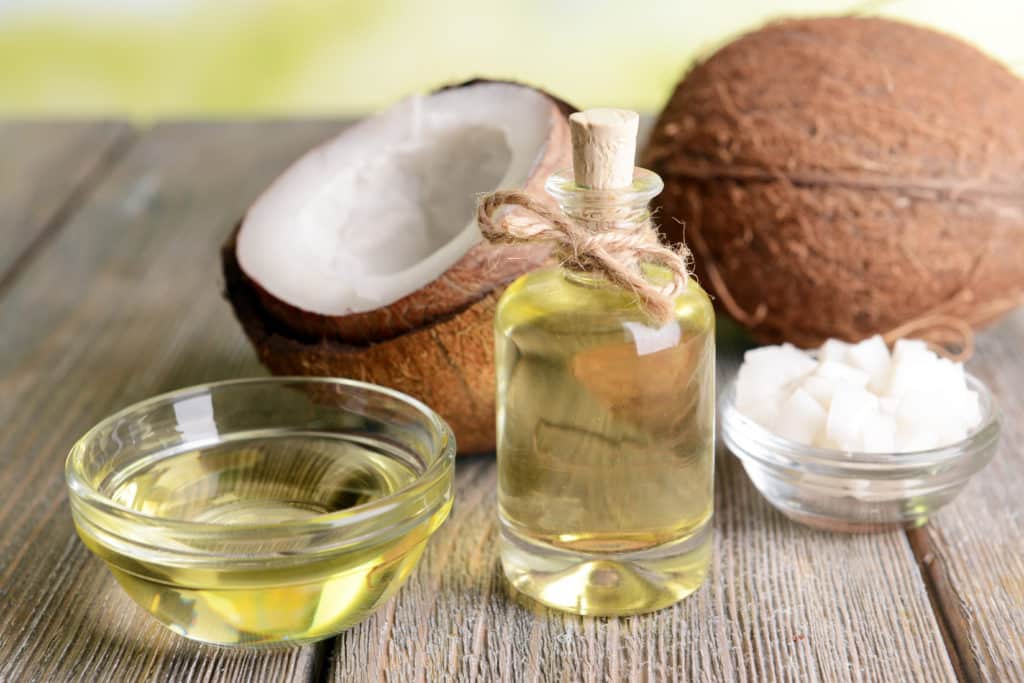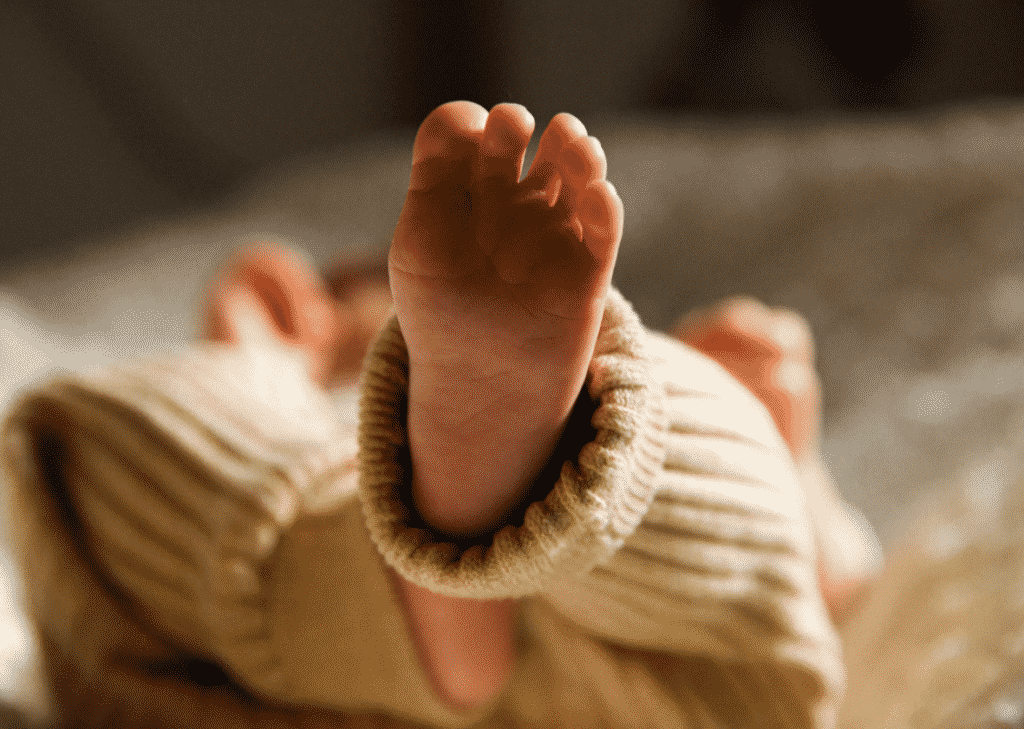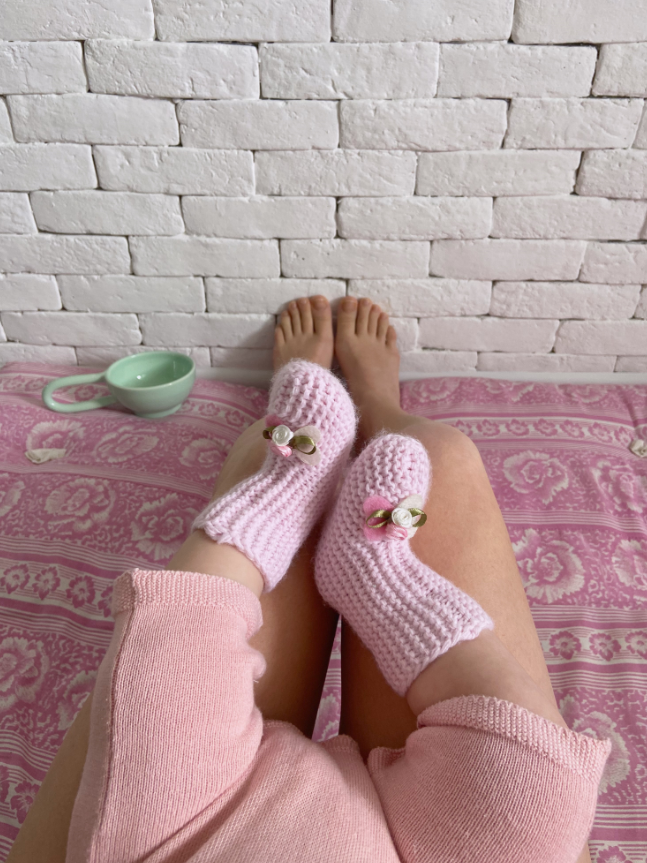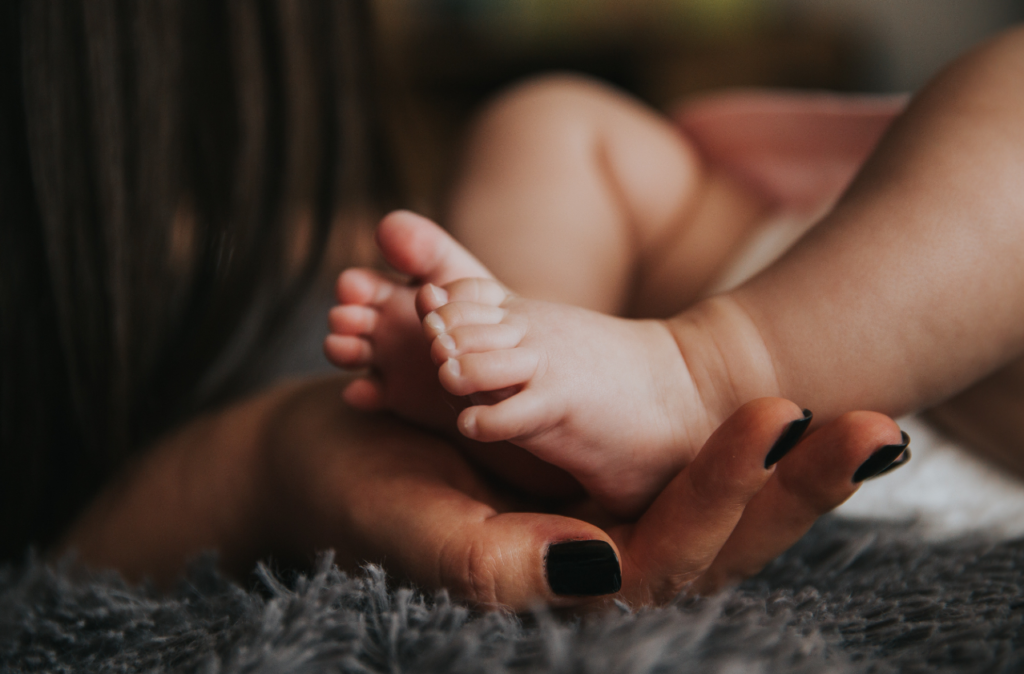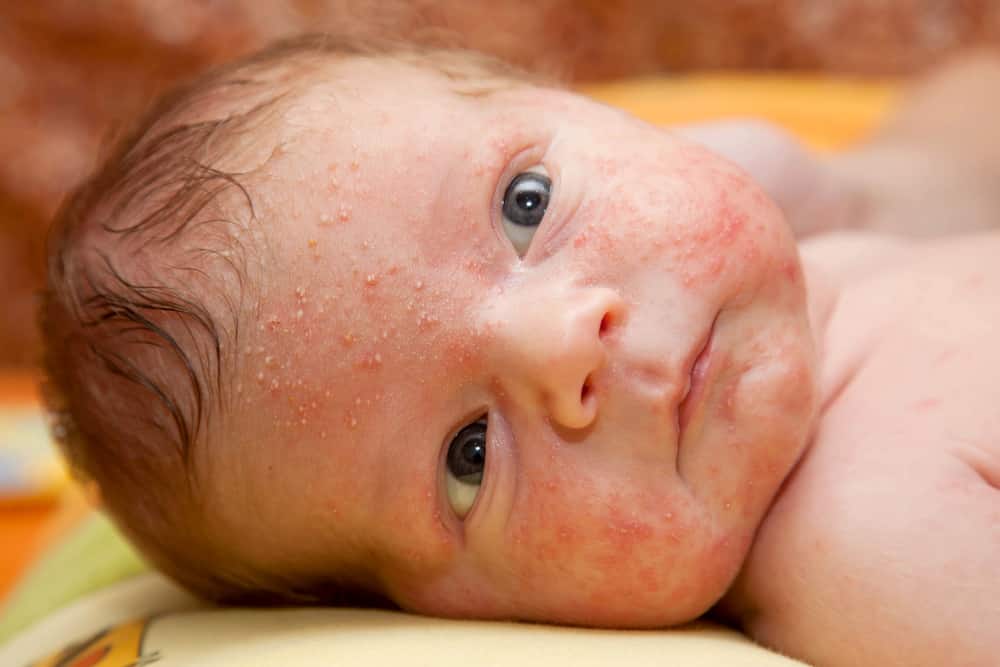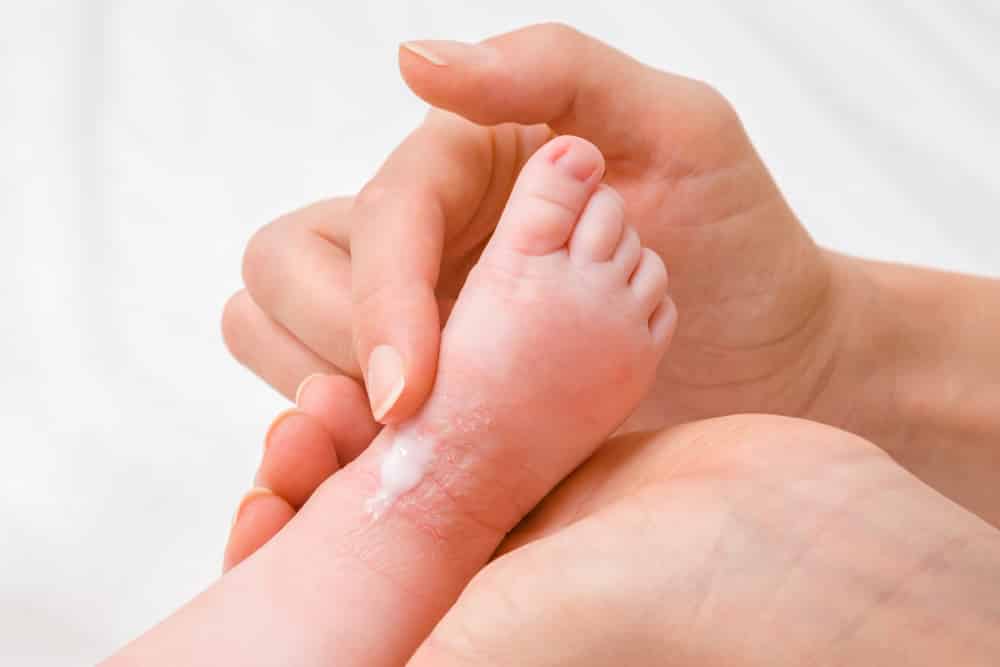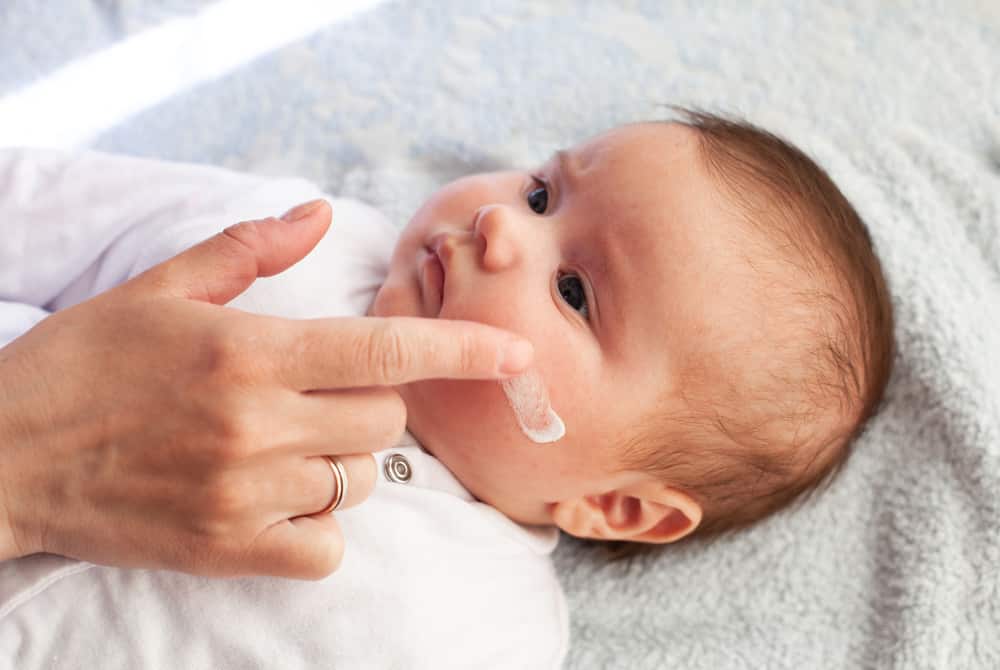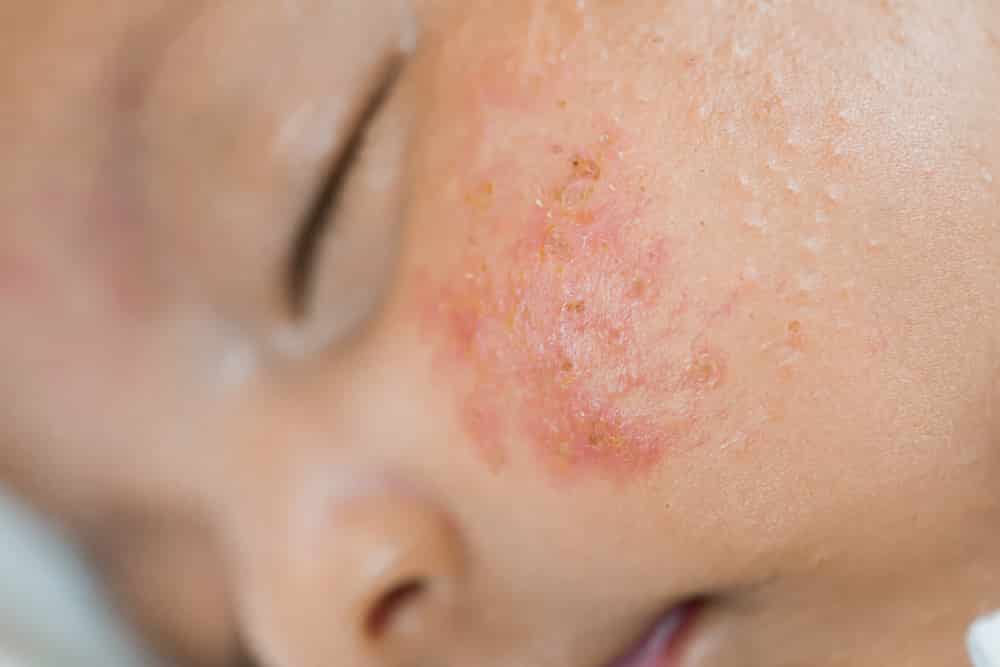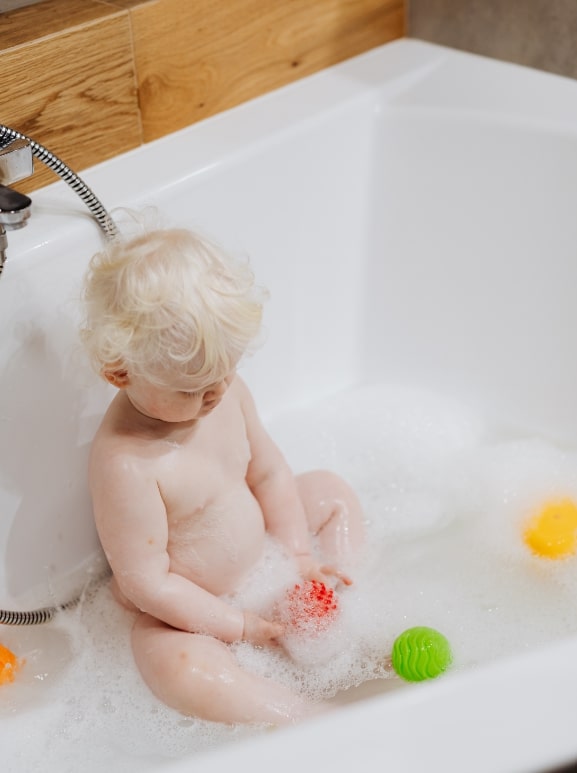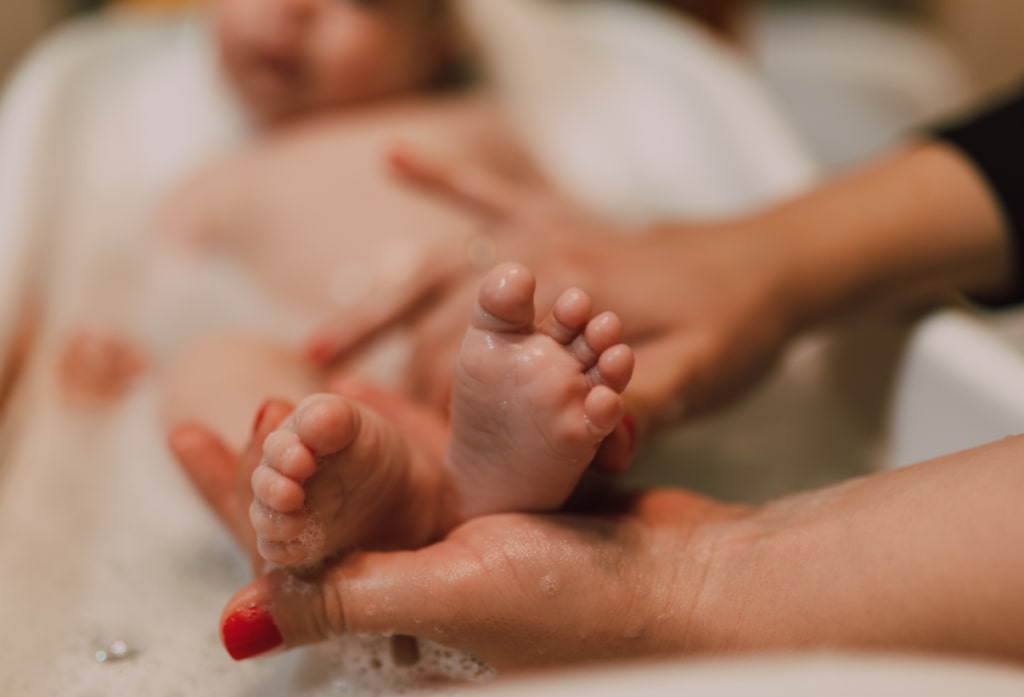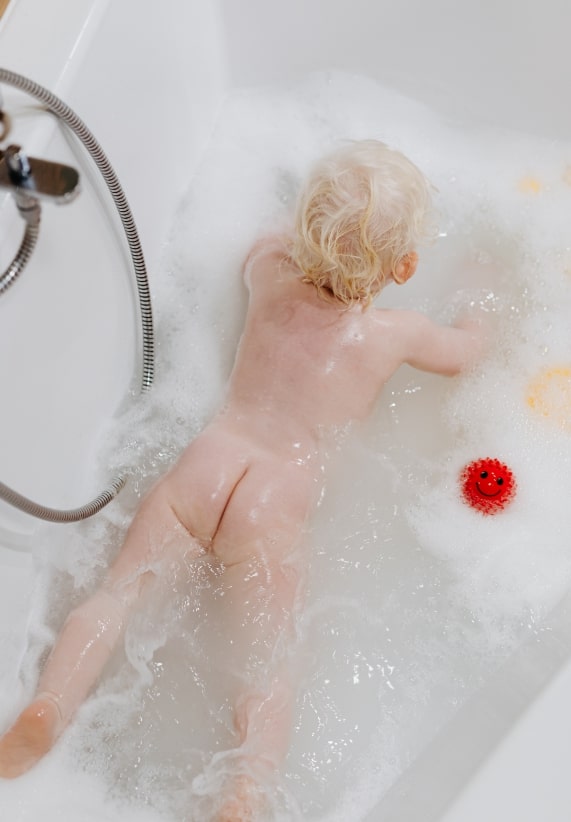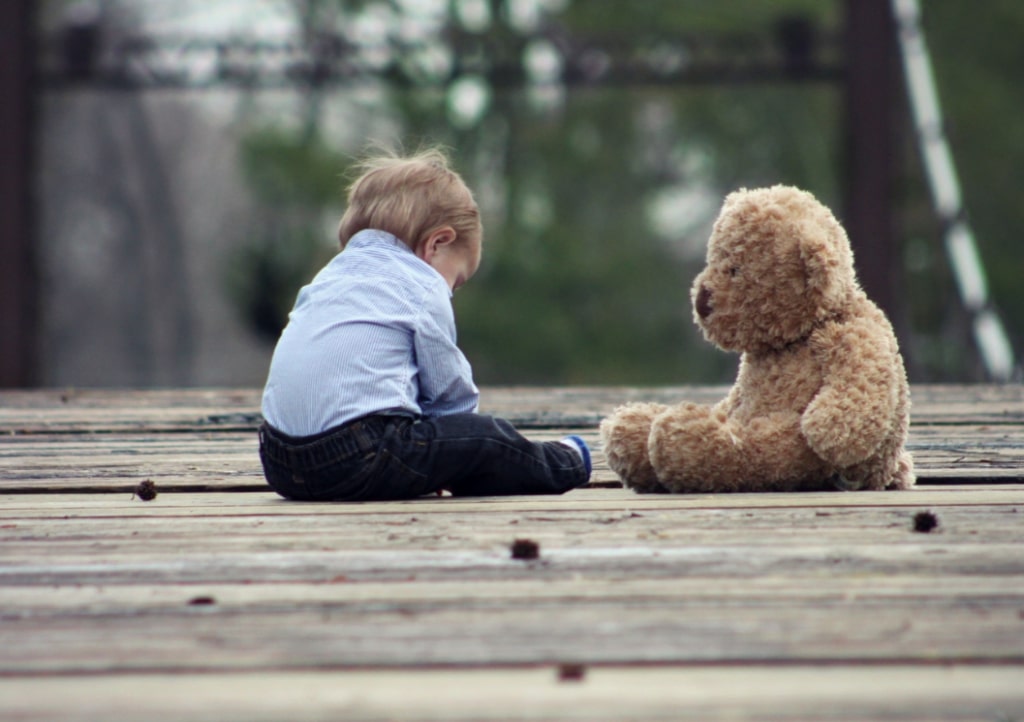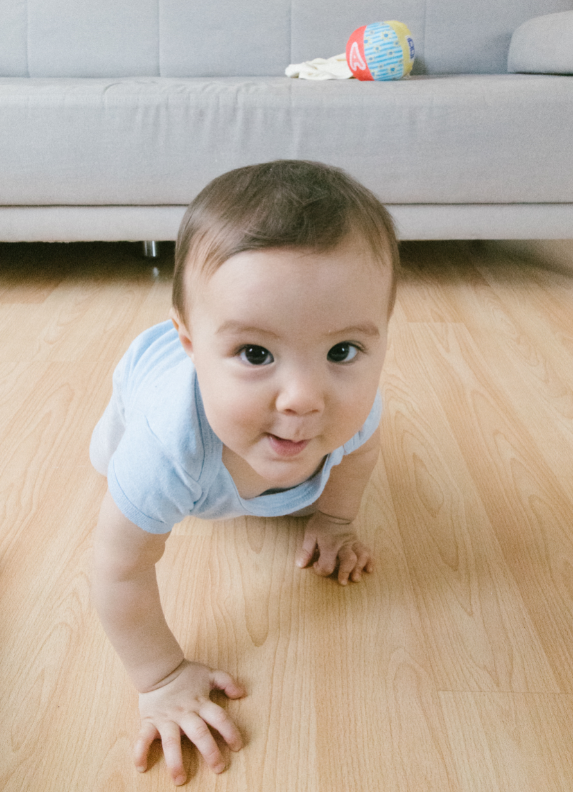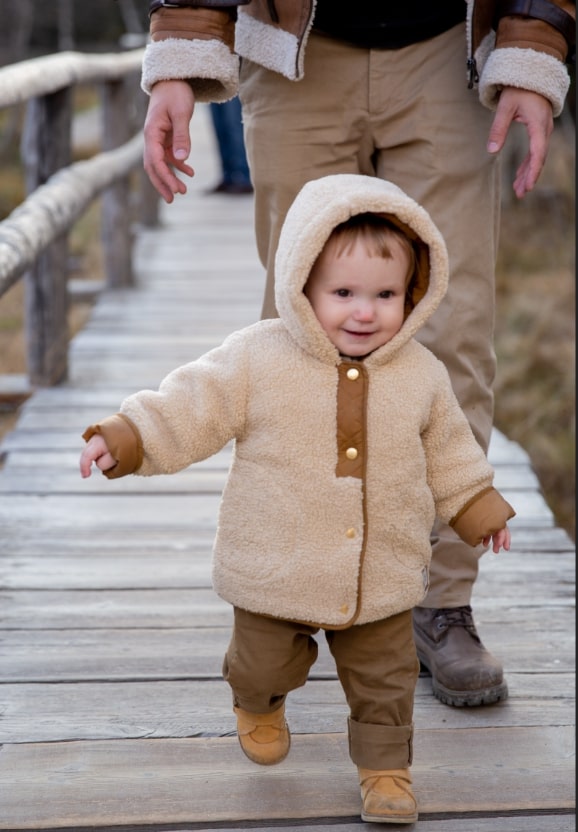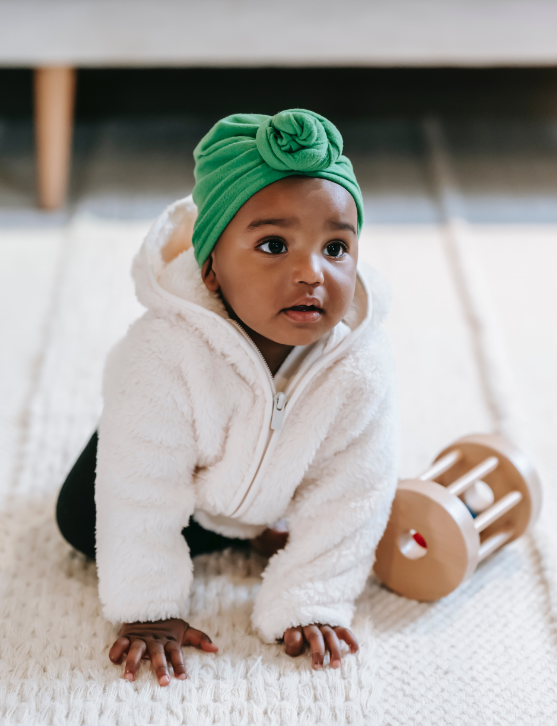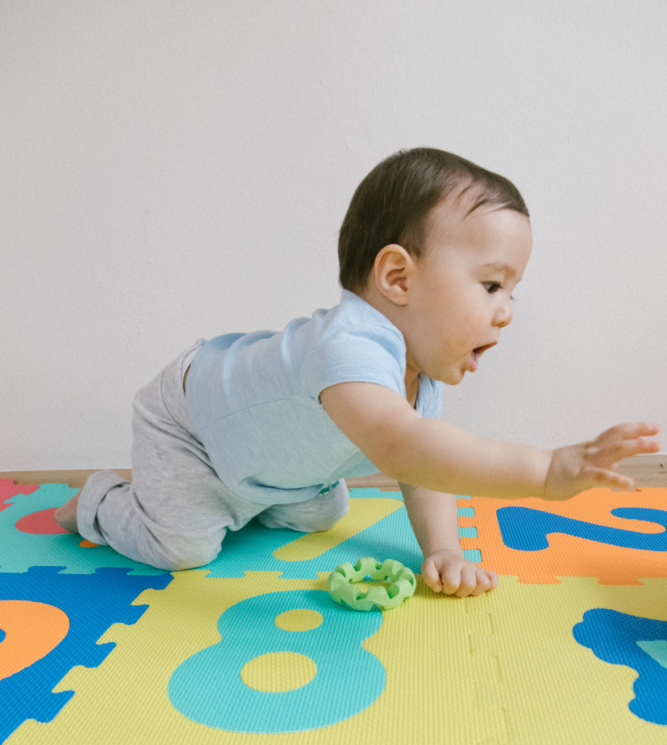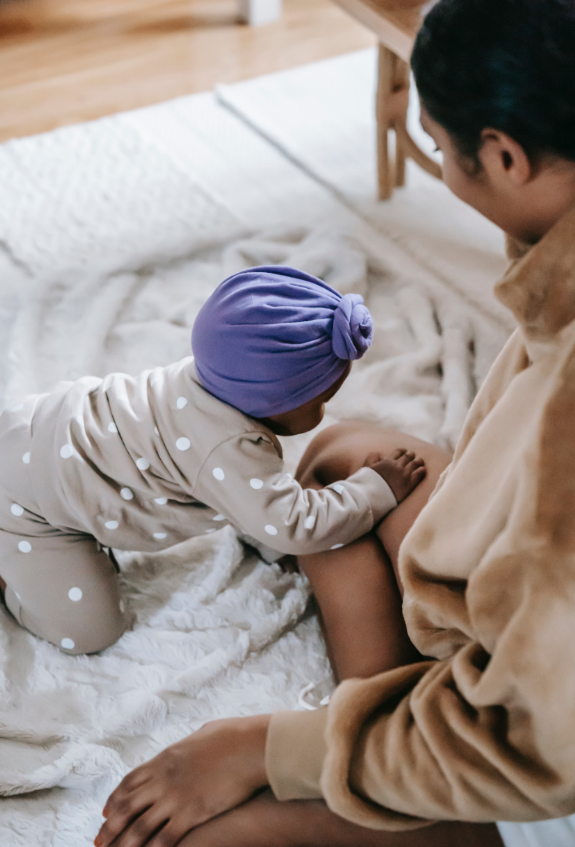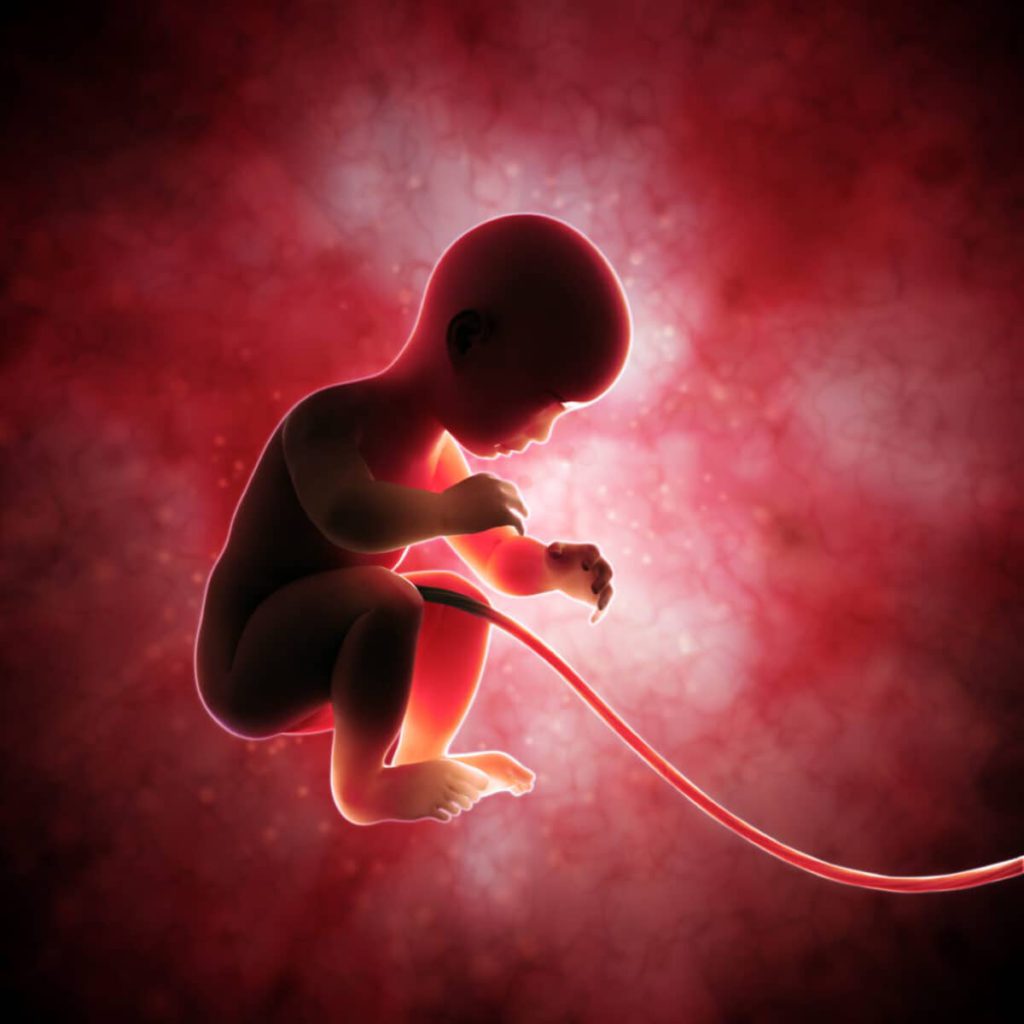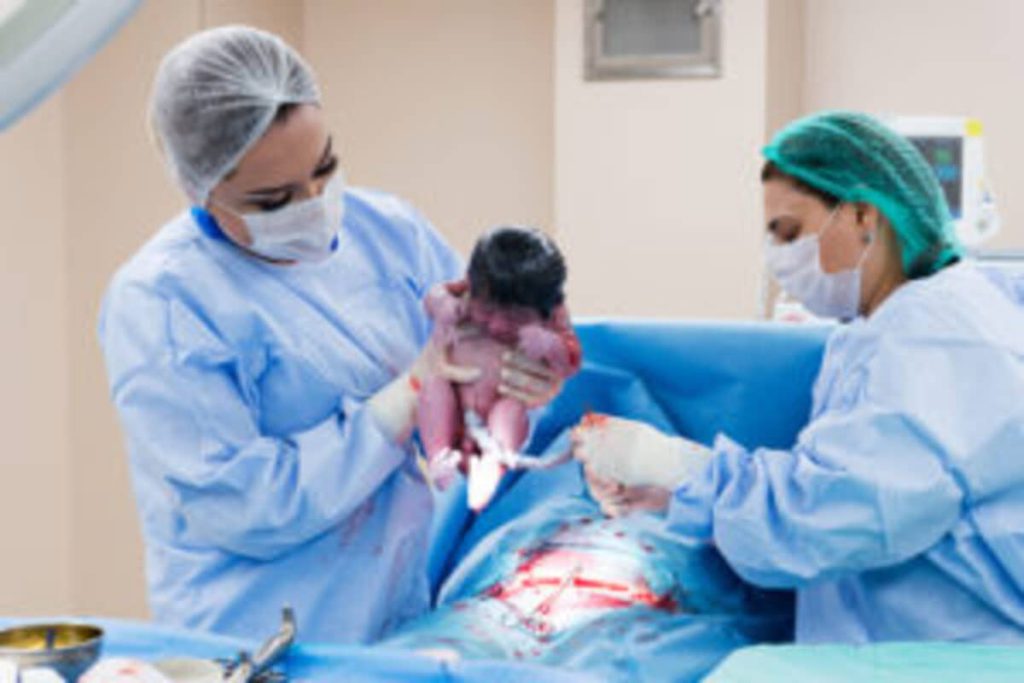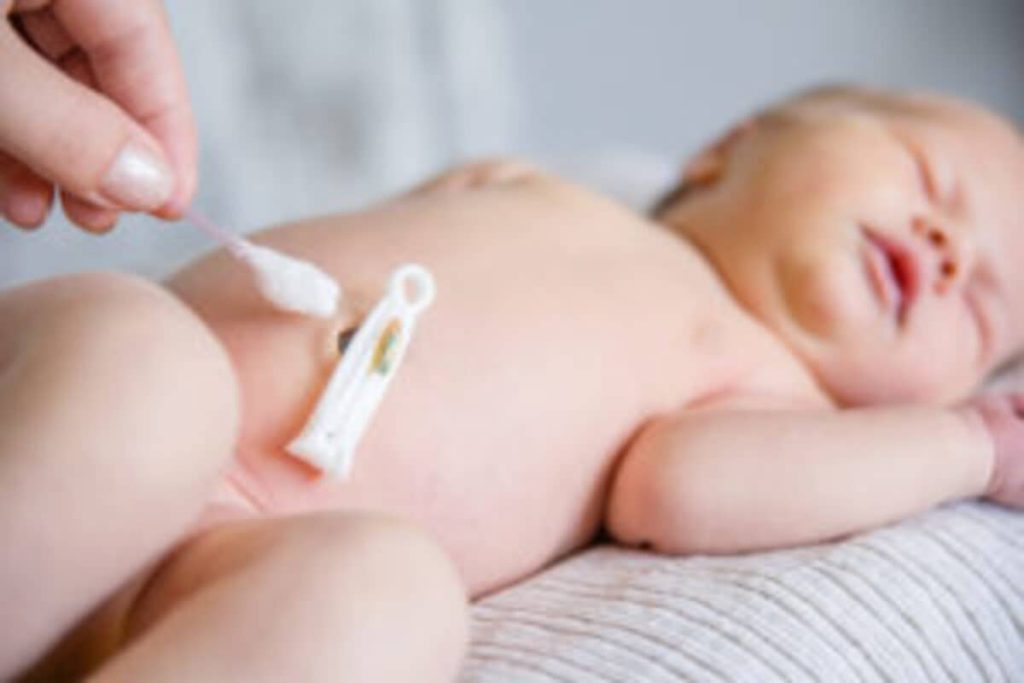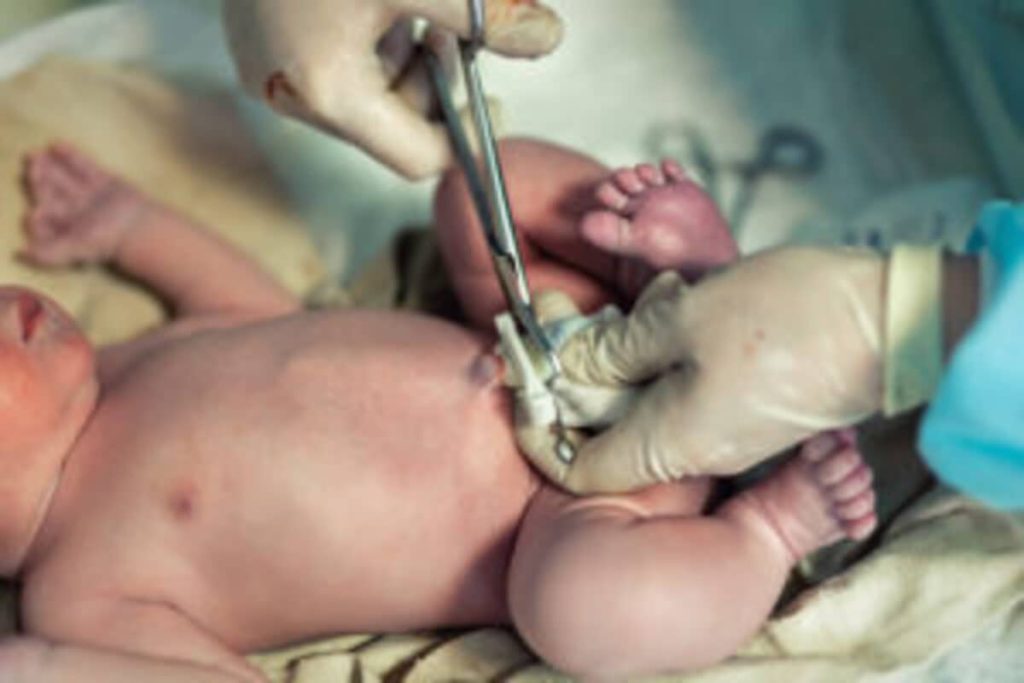Your body speaks to you in many ways. Sometimes, it may even be in the color, consistency, and amount of cervical mucus that you produce during a monthly cycle or pregnancy.
Like every other means of communication, it is possible to miss the signs and lose the message.
Thankfully, there’s a way out. In this article, you’d discover everything you need to know about your cervical mucus; what is it, its importance, and how it can speak to you.
Read on to learn more!
Table of contents
First, What Is Cervical Mucus?
In plain terms, cervical mucus is the fluid or gel-like discharge released from your cervix during your monthly cycles or in the early stages of pregnancy. Sometimes, it is also referred to as vaginal discharge.
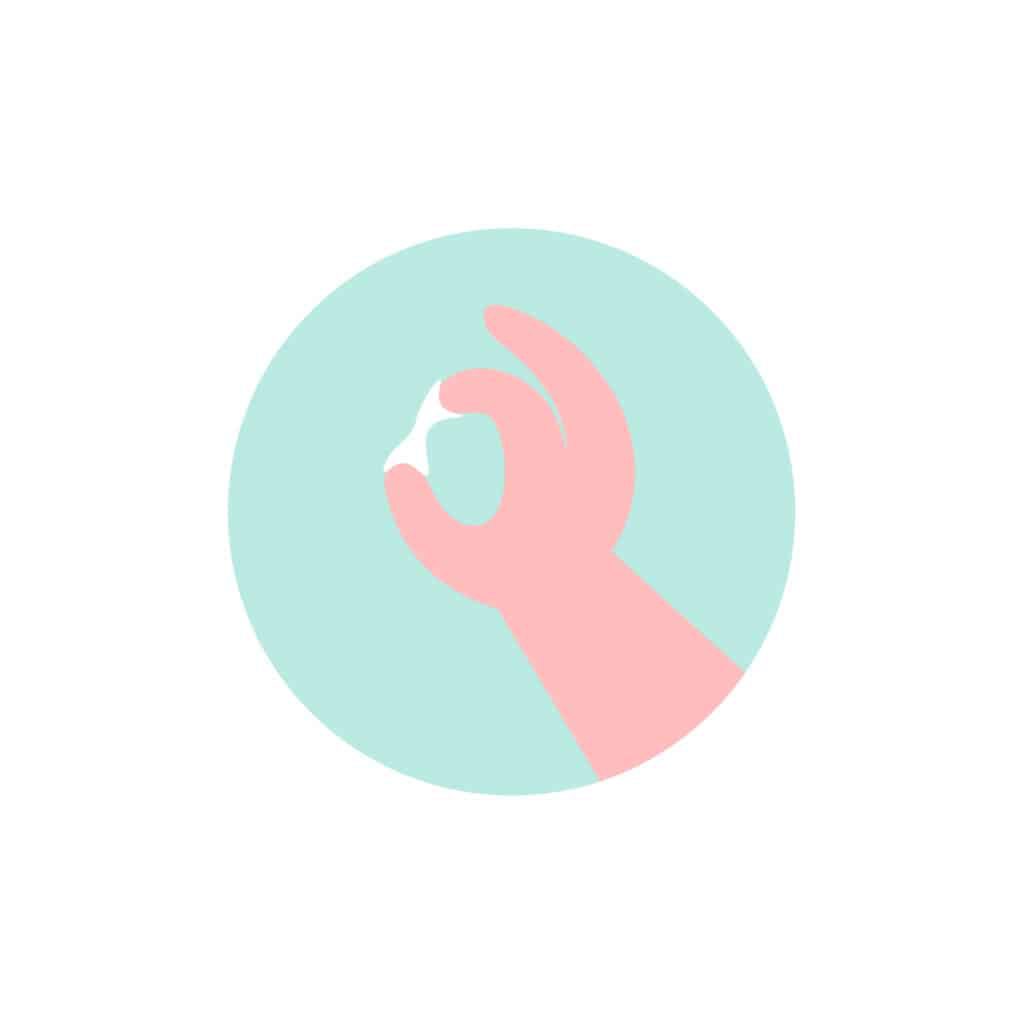
As we mentioned earlier, cervical mucus may vary in color, consistency, and volume during your monthly cycle and pregnancy.
Although these changes are usually mild, it is possible to identify them and use them as an indicator of pregnancy or fertility.
How Important Is Cervical Mucus?
This jelly-like blob discharge from your cervix serves the following functions:
1. Protection
Your cervical mucus protects your body from infection by preventing beneficial bacteria from leaving your urinary tract. In the right amount, these bacteria maintain the alkalinity of your vagina, thereby keeping it healthy.
During pregnancy, the cervical mucus thickens to form a plug that protects the cervix from unwanted organisms like viruses which may creep in and harm the growing baby.
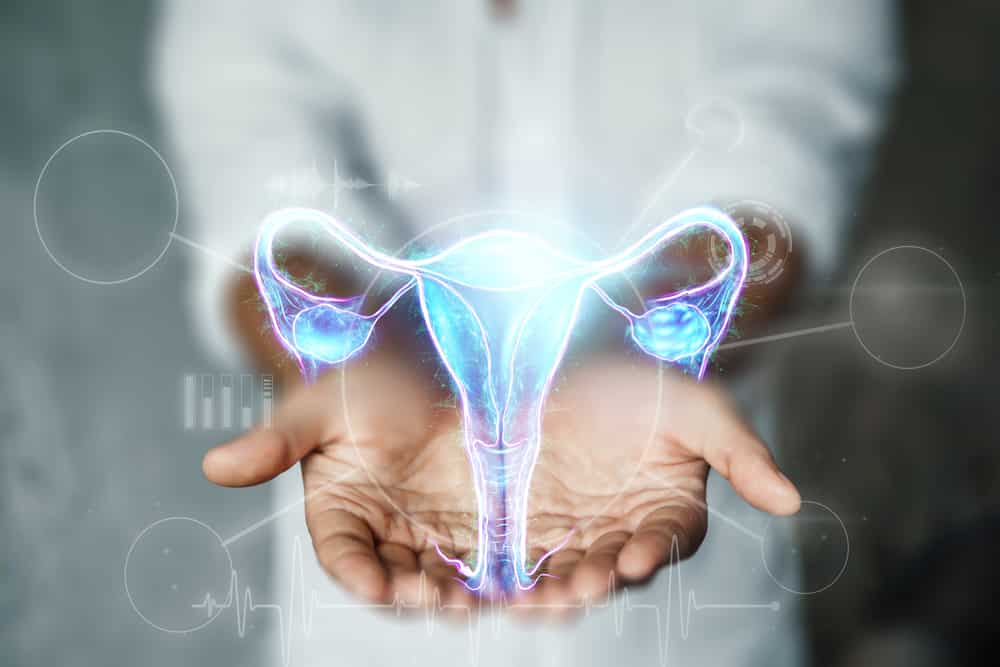
Furthermore, this important discharge protects sperm from the highly acidic environment of the vagina.
2. Sperm Transport
At the most fertile period of your cycle, your cervical mucus helps move sperm from your vagina to the site of fertilization in your uterine tubes. At other less fertile points in your cycle, this cervical discharge becomes thick enough to prevent sperm entry and transport to the cervix.
3. Fertility Indicator
For many women around the world who are trying to conceive, the amount and consistency of their cervical mucous serve as a reliable indicator of the best time to conceive.
4. Lubrication
Cervical mucus lubricates your vagina. This really important function prevents irritation and pain during sex. In addition, this lubricating feature of your cervical mucus also serves to prevent vaginal infections.
What Your Cervical Mucus Says About Your Body
If you’re trying to get pregnant, it’s really important to understand the language of your cervical mucus.
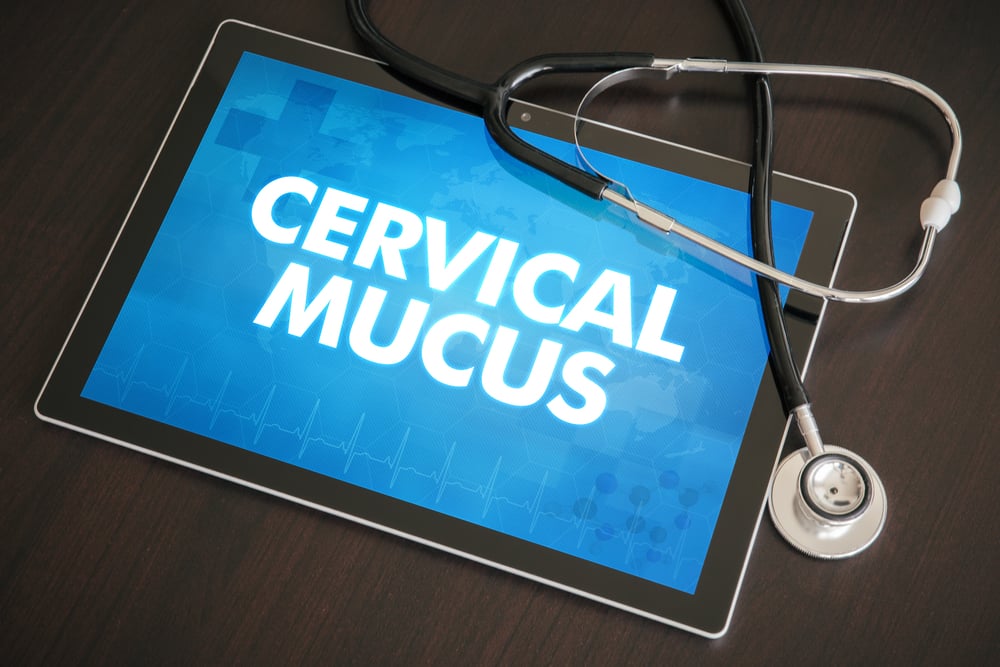
Medical experts agree that normal cervical mucus is thin, clear, and has a mild odor that is not offensive.
As we mentioned earlier, observing the changes in your cervical mucus is a helpful tool while trying to conceive. In fact, certain medical experts argue that observing and following cervical mucus changes is about 90% accurate in predicting the most fertile periods of your cycle.
To help you understand this process better, we’ve compiled a list that explains the relationship between your cervical mucus and fertility.
Here you go:
1. Infertile Mucus
This usually happens right after a period. In most women, the infertile cervical mucus is often ‘blob-like’, thick, and dry. As a result, sperms cannot pass through the mucus to reach the cervix for conception to occur.
2. Potentially Fertile Mucus
Eventually, the infertile mucus thins out and increases in volume. At this point, sperms may pass through but it is unlikely that pregnancy would occur in the presence of potentially fertile mucus secretion.
3. Fertile Mucus
Fertile cervical mucus usually feels wet and very slippery. In most cases, the mucus is clear, cloudy/white in color. Most women also agree that fertile mucus is more abundant in volume than any of the other types of cervical mucus mentioned earlier.
4. Highly Fertile Mucus
As your body prepares for ovulation, your mucus will attain a classic ‘egg-white’ appearance. That is, it becomes thin, clear, and stretchy. As you’d expect, highly fertile mucus is thin enough for sperm to swim through.
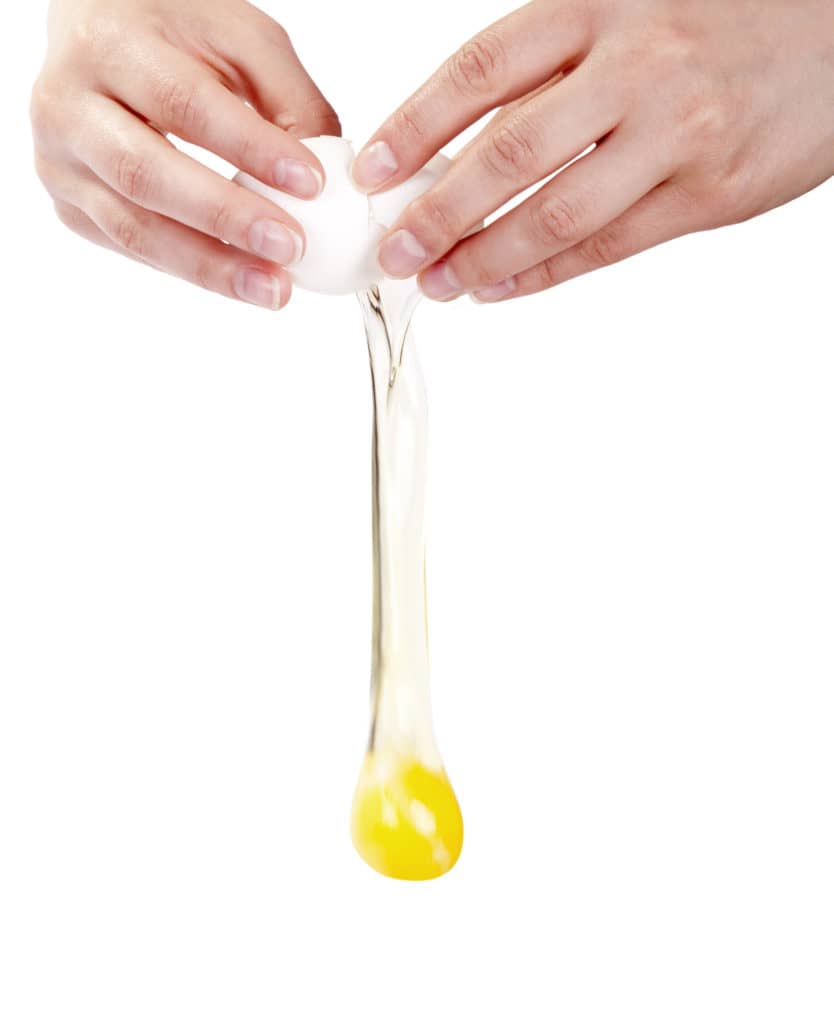
However, it is important to remember that every woman’s body is different. Your cervical mucus differs from every other person’s. Therefore, you need to be patient and very observant while using cervical mucus as an indicator of fertility.
Abnormal Cervical Mucus
If you observe any of these features in your cervical mucus, it is a sign that something is not right:
- Foul Smell
- Green/Yellow/Gray Color
- Itching
- Irritation
If you notice any of these signs, it’s really important to consult your doctor for proper examination and treatment.
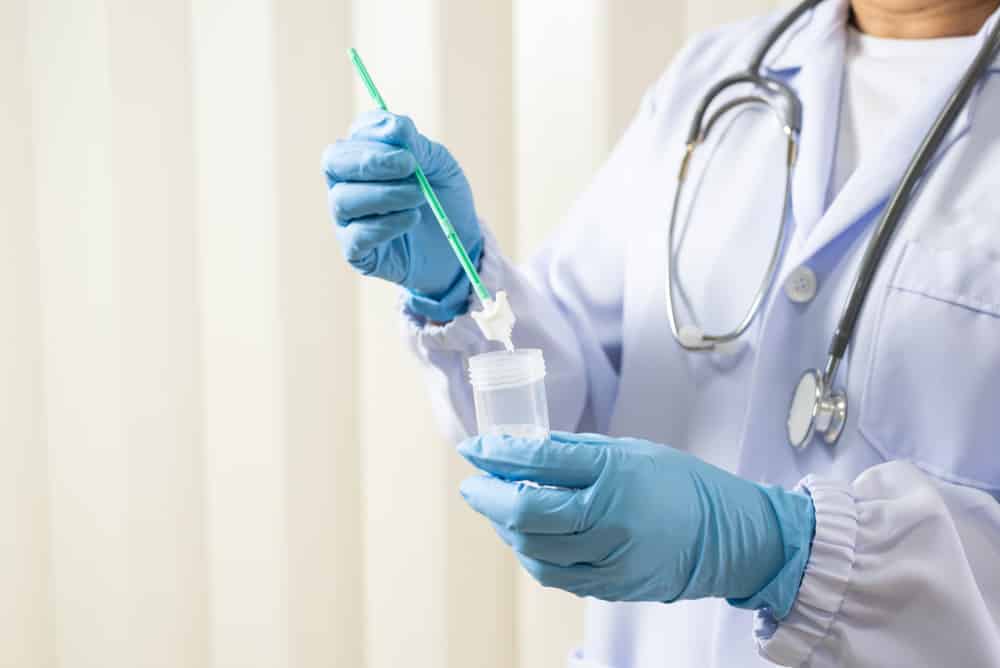
How to Improve the Quality of Your Cervical Mucus
As we mentioned earlier, your cervical mucus is an indicator of the overall health of your reproductive tract and fertility status. Therefore, it is really helpful to keep an eye on the quality and quantity of your cervical discharge at every point of your cycle.
Thankfully, you can improve the quality and quantity of your cervical mucus by:
- Regulating your caffeine consumption
- Drinking enough water everyday
Click here to learn all you need to know about caffeine consumption during pregnancy.
Conclusion
Finally, it is important to remember that cervical mucus monitoring is not the most accurate indicator of fertility or pregnancy. Also, slight changes in your cervical mucus are normal in the early stages of pregnancy. Nevertheless, a proper pregnancy test is the best way to confirm pregnancy.
As you pay attention to the changes in your cervical mucus, understanding the significance of these variations may be all you need on your fertility journey.
References
Curlin M, Bursac D. Cervical mucus: from biochemical structure to clinical implications. Front Biosci (Schol Ed). 2013 Jan 1;5:507-15. doi: 10.2741/s386. PMID: 23277065
Kumar P, et al. (2012). Hormones in pregnancy. DOI:
10.4103/0300-1652.107549
MARCUS SL, MARCUS CC. CERVICAL MUCUS AND ITS RELATION TO INFERTILITY. Obstet Gynecol Surv. 1963 Oct;18:749-72. doi: 10.1097/00006254-196310000-00027. PMID: 14052300.

